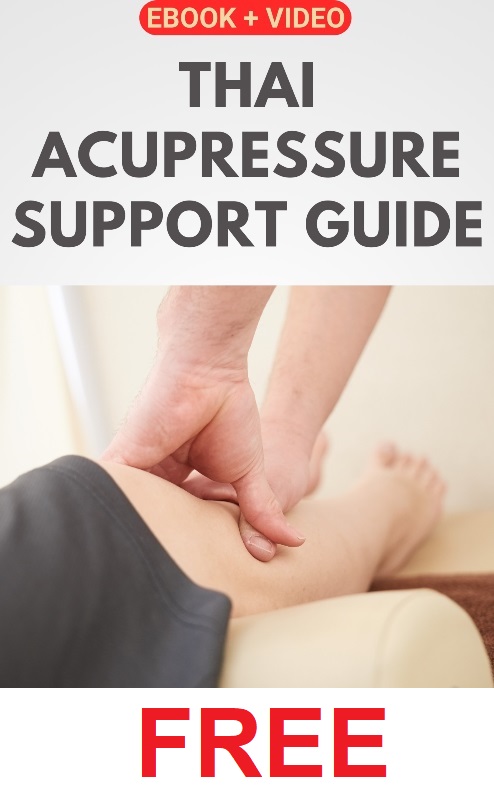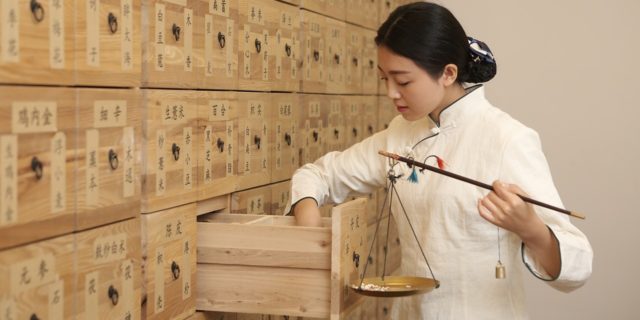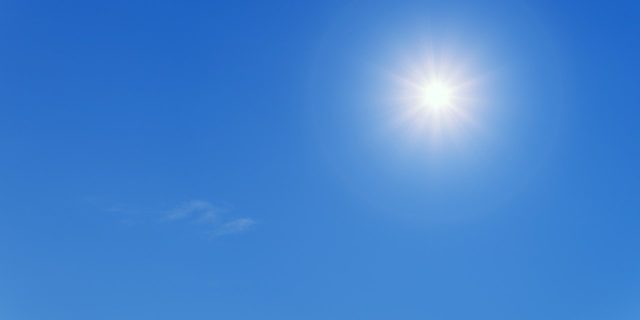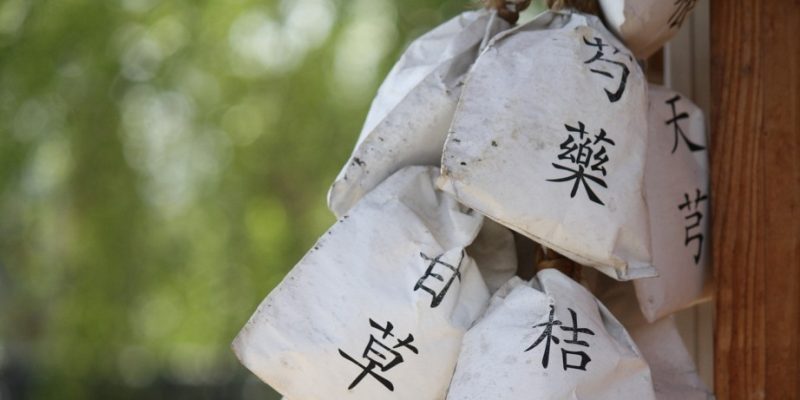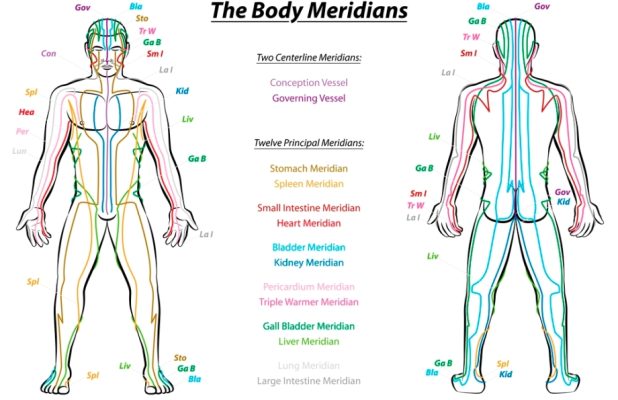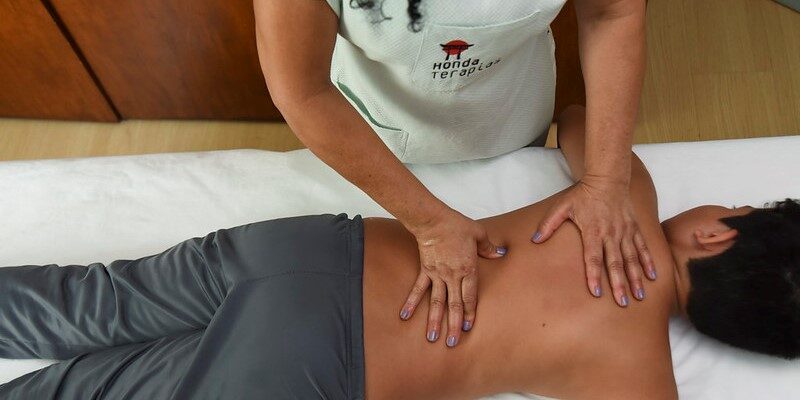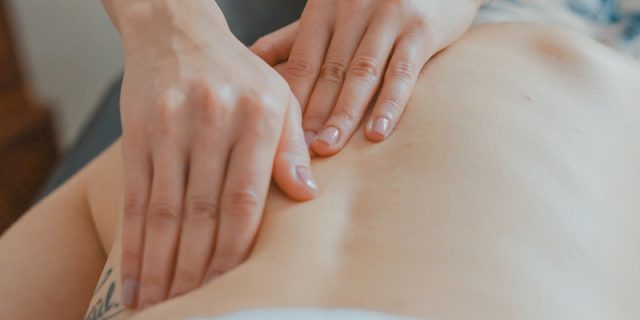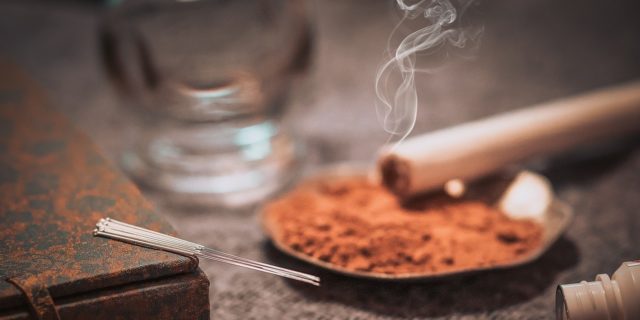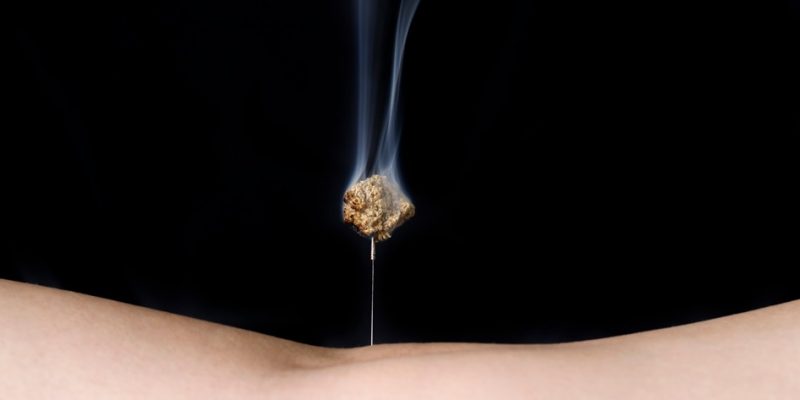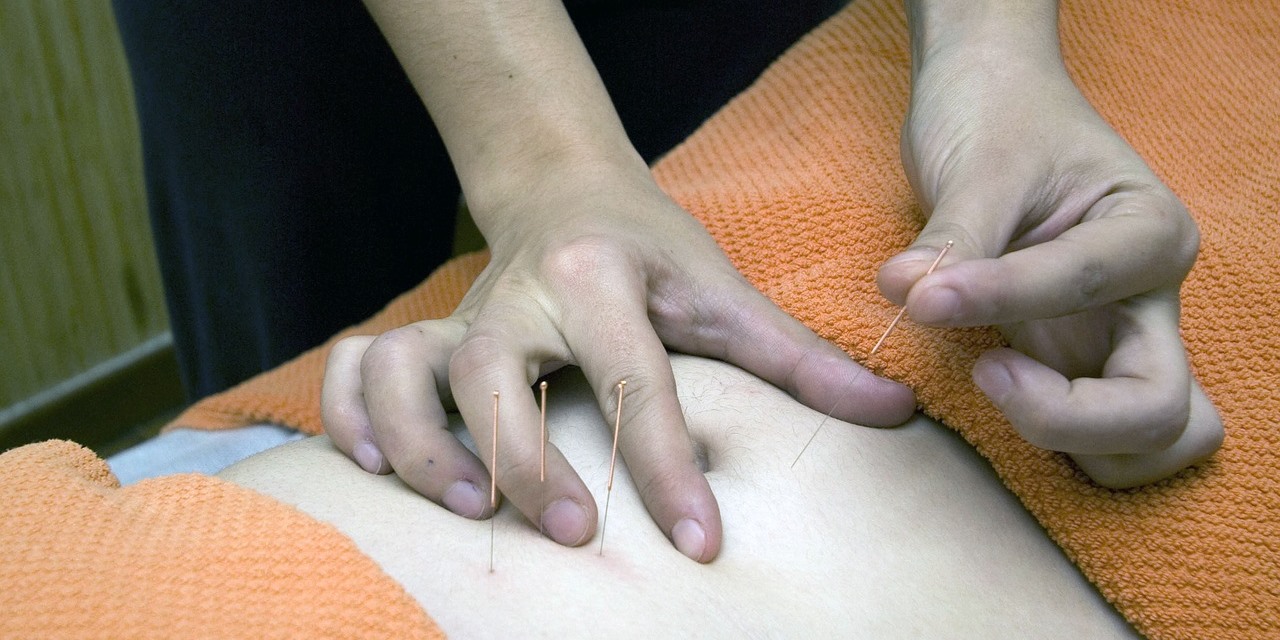
Acupuncture, often used in conjunction with Moxibustion, is one of the oldest and perhaps also one of the best known treatments within Traditional Chinese Medicine (TCM) practices.
Introduction
In Chinese, the name of Acupuncture is Zhen Jiu. In fact, TCM treatments that apply Acupuncture often do that in conjunction with Moxibustion and vice versa, and Zhen Jiu literally means “Needle Fire” or “Needle Moxibustion.”
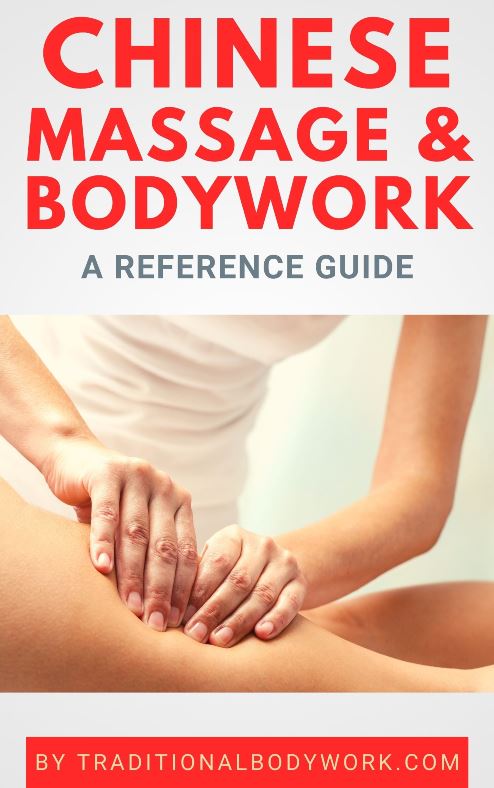
Although many historians believe the practice began in China, this is still not decisively proved. In any case, the earliest evidence for the use of acupuncture in China is found in the The Yellow Emperor’s Classic of Internal Medicine (Huang Di Nei Jing), which is thought to be written in the period 475-221 BC.
The idea behind Acupuncture is that blockages or disturbances in the flow of Vital Life Energy (Qi) cause health issues. Subsequently, acupuncturists insert very thin needles on specific Acupuncture points (Acupoints) located across the body to restore the flow of Qi, to balance the body’s energy, promote relaxation, and stimulate healing.
There are supposedly more than a thousand Acupuncture points on the body, each lying on an invisible Energy Channel, the so-called Meridians. In TCM, each Meridian is connected to a different organ system.
Note that the number of Acupoints is a topic of debate; some sources state that there are 2,000 points, others say 361 points, or 365, but in any case, the World Health Organization (WHO) published A Proposed Standard International Acupuncture Nomenclature Report in 1991, listing 361 classical acupuncture points.
Health Benefits
Acupuncture specialists claim the treatment is helpful with resolving a wide variety of health problems, such as anxiety, arthritis, chronic pains, depression, insomnia, migraines, nausea, sciatica, sinus congestion, stress and anxiety, a weak immune system, addictions, sexual and genital problems, and many more pathological conditions.
Today, Acupuncture, in one form or another, is practiced (and regulated) in a broad range of countries around the world.
The Treatment
An acupuncturist starts a session by asking about one’s health issues, nutrition, sleep, stress, appetite, emotional life, among other questions about lifestyle habits and personal circumstances.
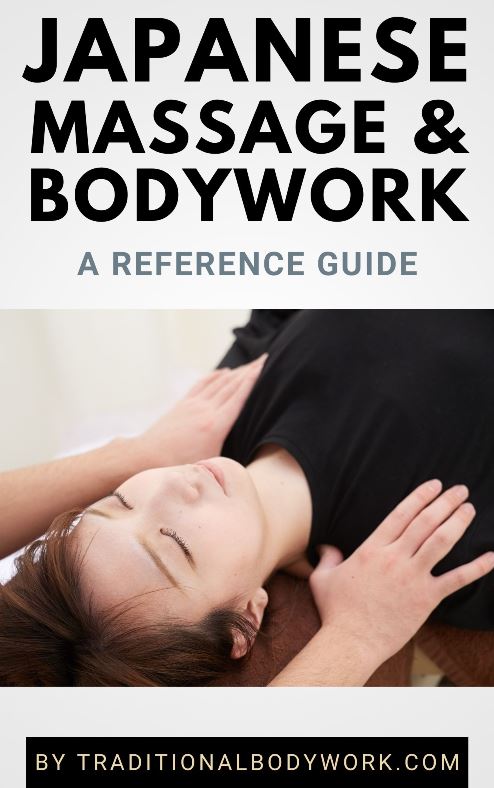
Diagnosis is done by examining one’s appearance carefully, noting one’s complexion, voice, and tongue color, among other things. Subsequently, palpation is performed (for instance of the abdomen or back), and the pulse will be taken to check the strength, quality, and rhythm.
Note that the state of the tongue and pulse are important indicators for a TCM practitioner to assess the health of organ systems and Meridians.
As a general rule we could say that TCM assessment is done through four diagnostic methods: visual inspection (tongue, complexion, etc.), listening and smelling (breath, odors, excretions, etc.), inquiry (talks, medical history, etc.) and palpation (feeling, tapping, pressing, etc.).
An Acupuncture session will typically use six to fifteen needles per treatment, which are left in for ten to twenty minutes. This is just a general average, and other numbers of needles used and times the needles stay in the skin can be common, depending on the style of Acupuncture or condition that needs to be treated.
Sometimes additional techniques are used during the session such as Tuina Massage, Cupping, Moxibustion, Herbal Medicine, Electroacupuncture, and Laser acupuncture.
Safety
Acupuncture is generally a safe practice if done by trained practitioners that use clean and single-use needles. It can have minor adverse effects, but accidents and infections can occur when hygiene is neglected.


